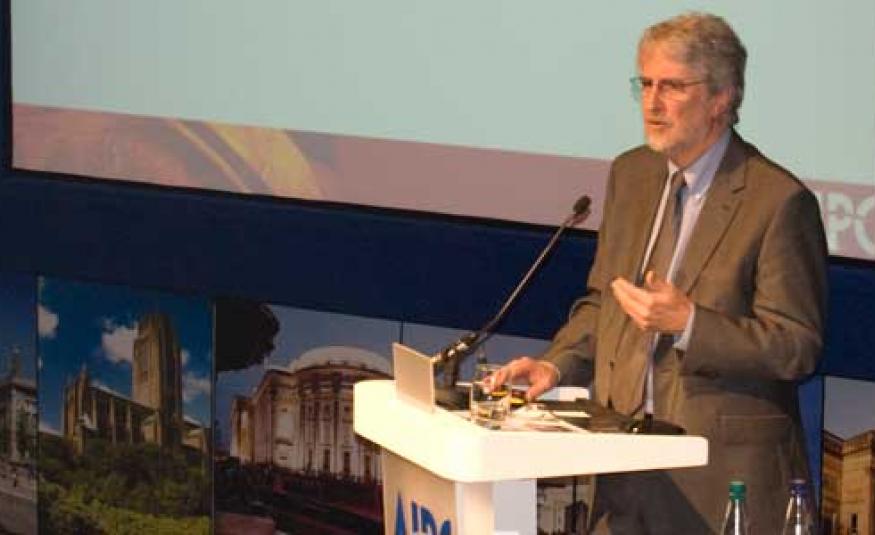Rod Cameron, executive director of the Joint Meetings Industry Council, says the full range of benefits arising from events is never easy to measure, but has to be taken into account to make good investment decisions.
Over the past decade it has become increasingly apparent that, far from simply being an offshoot of the tourism industry, the business of attracting and hosting meetings, conventions and exhibitions is in reality a major contributor to global economic, academic and professional development that contributes in a direct and significant way to a range of government policy objectives.
The challenge to governments, the major investors in this area due to their typical role as owner/operators of the major convention facilities that make this all possible, is how to measure the return in as realistic a way as possible.
This is not easy, because the kind of narrow definition applied for so many years doesn’t even begin to capture the real range of values associated with this area. It is time for investment decisions to be made on the basis of measures that truly represent value – and many of those values aren’t apparent without rigorous examination.
However, the fact that something is more challenging to assess doesn’t make it less important – in fact, in the case of meetings, the reverse is generally true.
The starting point is a realisation that the myriad of organisations and associations that count meetings and conventions among their key organisational responsibilities don’t do so in order to spend their members’ money on facilities and accommodation – yet this is the implication of the value measurement systems we have used for at least two decades.
The real reason they support these events is because of what they achieve in terms of business, professional and organisational advancement – and this is where the greatest benefits lie for governments and communities as well.
Adjusting the value model
So how do we adjust the value model to reality? It begins by recognising that there are three separate value components, each of which requires a different approach to measurement.
First, and most basic, is the profitability of those typically government-owned facilities that are a cornerstone for hosting events. This area takes a lot of attention because it is the most immediate interface with the owner and, in today’s competitive industry, not always the most positive measure. But the point here is that there are few areas where those who generate the majority of the benefit actually pay for the privilege of doing so, to the point where centres, at worst, only require a modest subsidy to secure the range of other benefits associated with events.
Which takes us to the second point, which is the broader measure of event-induced spending and the impact it has not just on the community as a whole but also in terms of generating tax revenues for governments. This calculation is a bit more complicated because it reaches out into so many different sectors but today is readily achieved by any number of Economic Impact Assessment models available which simply extrapolate the associated spending and uncover the real impact on income, jobs and tax revenues. The results are often startling to those who think in terms of only the immediate incomes derived by suppliers like venues.
The third is the value of what might be called event outputs – those business, professional and academic advancements that result from and are disseminated by the events. They include such impacts as inward investment, talent attraction, knowledge transfer and innovation creation that directly benefit the host community. They also include advancements that impact many other areas of government responsibility, like health care, education and employment readiness but, unlike the first two measures, these are more complex to measure. As a result, while easily of the greatest value to a host destination, they have long been ignored for just that reason.
Why is all this important? Because ‘getting into the game’ of hosting major events requires a significant investment, and the investor – typically government – needs to know what they’re getting as a return. This is impossible if they are only looking at part of the equation – the easy art – and ignoring the rest.
Rod Cameron is executive director of the Joint Meetings Industry Council (JMIC), an organisation representing the combined interests of 16 international meetings industry associations.






